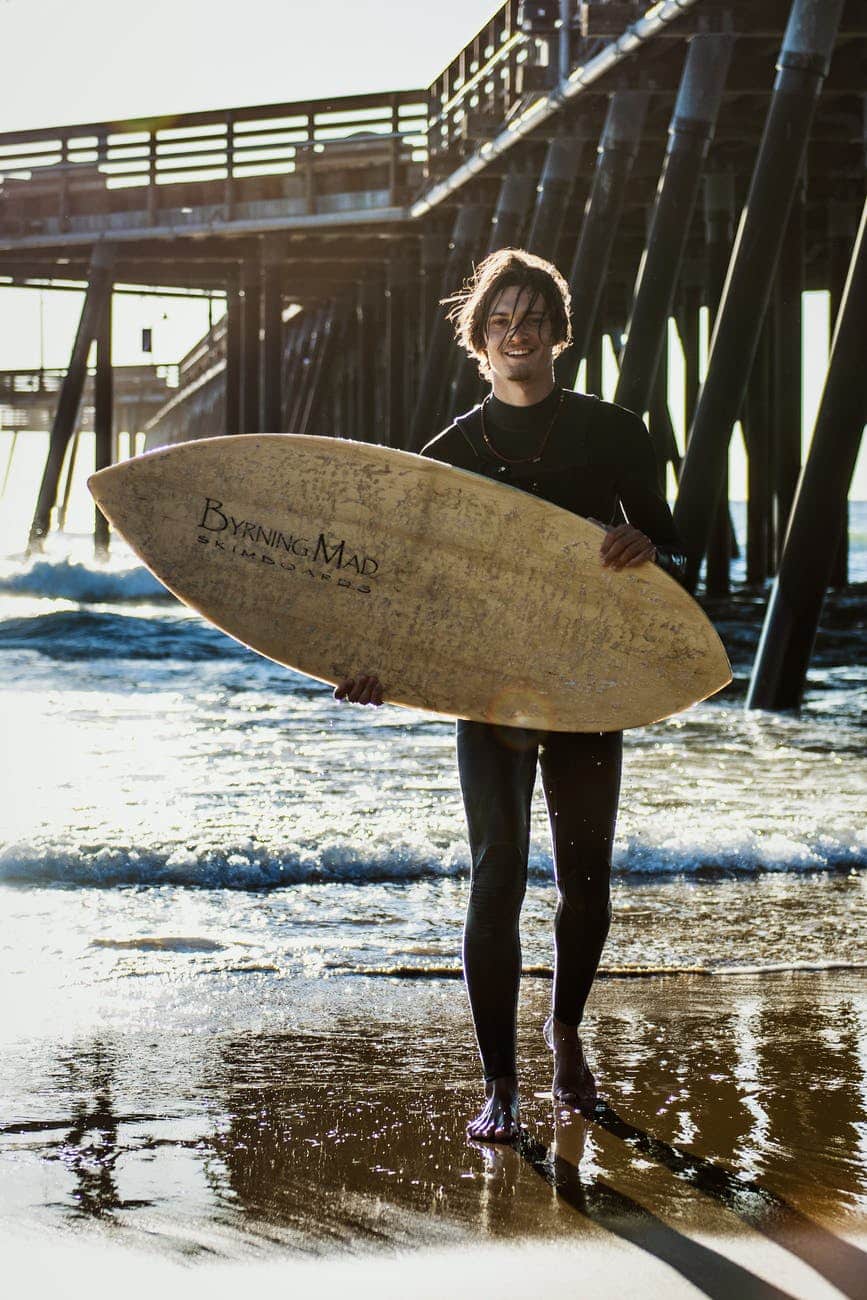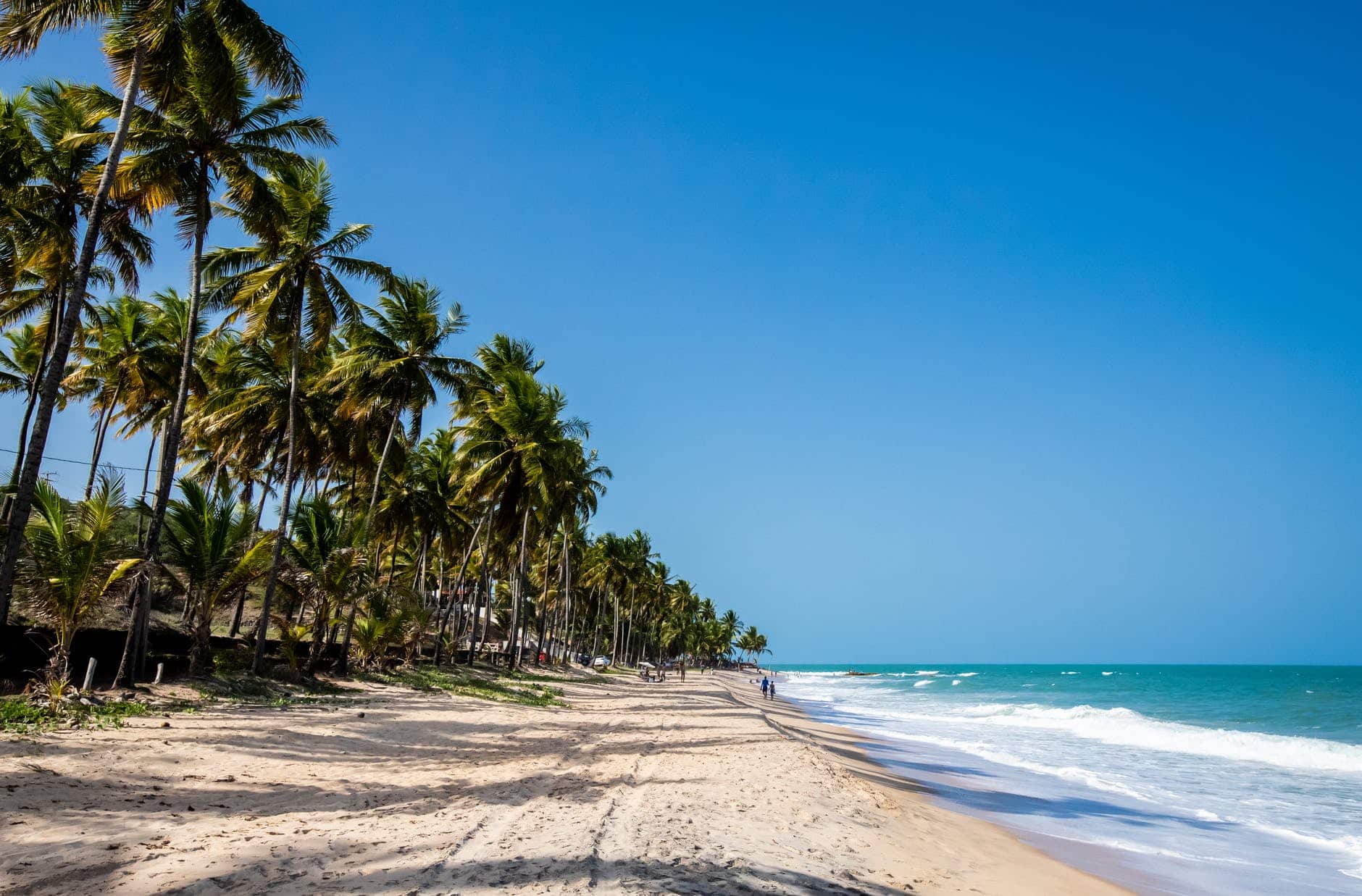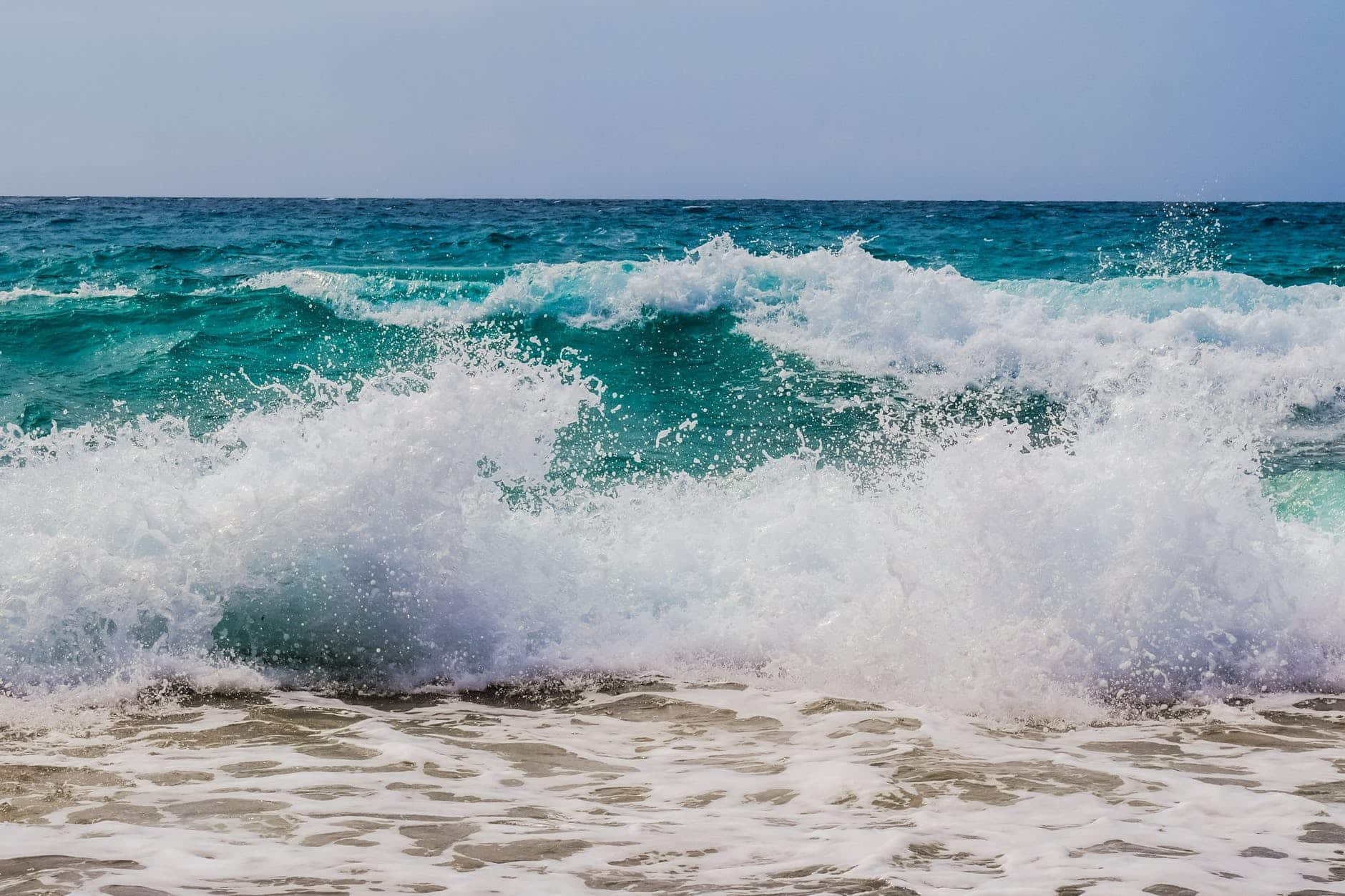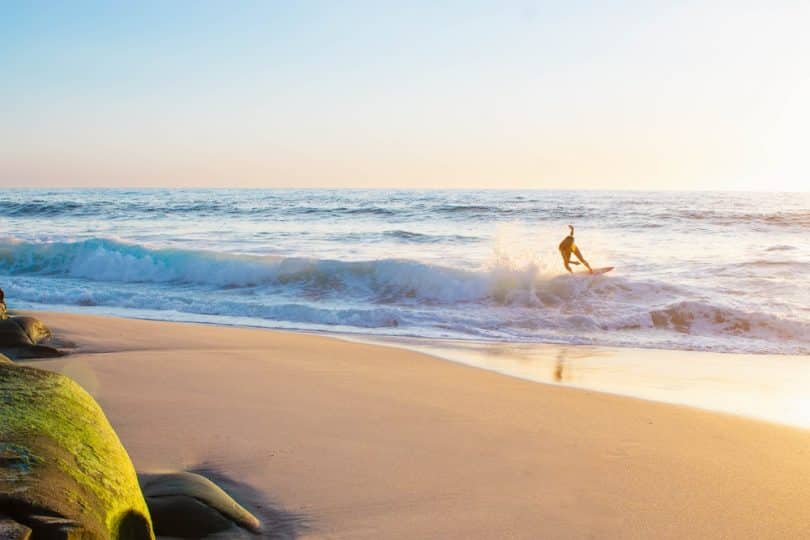There’s something about skimboarding that just makes you feel alive. The wind in your hair, the sun on your skin, and the board in your hands – it’s an experience like no other. And while it might look easy, getting good at skimboarding takes a lot of practice. But don’t worry, we’re here to help. Today, we’ll teach you the basics of skimboarding and give you some tips on how to improve your skills. So, stick around to learn some skimboarding tips to have the most water fun this summer.

What is Skimboarding and How is it Done?
Skimboarding is a water sport in which a skimboarder rides on the water’s surface on a skimboard. A skimboard is a small board, usually around 4 feet long and 22 inches wide, with no fins or other attachments that surfboards usually have. You have to start riding in the sand to skimboard, then run toward the shore and throw the skimboard down in front of you. Next, you jump on the skimboard and ride it toward the shore. Skimboarding is similar to surfing, but it is usually done in shallower water and smaller waves. You can try skimboarding on any wave, but beach breaks are better as you feel safer there.
The Basic Steps of Skimboarding
Skimboarding might overwhelm you, but learning it is pretty straightforward if you’re well-prepared. From picking the best skimboard to understanding how waves behave in a specific water body, you have to put a lot of work into this hobby. So, let’s get started:
Choose the Best Skimboard
Choosing the best skimboard is your first step toward learning skimboarding. There are a few things to consider when selecting a skimboard, including the size, material, and shape. The size of the board should be based on your weight and height. The material should be durable and able to withstand being in the water. Skimboards are usually made of either foam or fiberglass, and they come in various sizes and shapes. Fiberglass boards are generally more expensive, but they are also much more durable. Foam boards are less costly and are easier to maneuver, making them a good choice for beginners.
Skimboards usually have a concave deck, which helps keep your feet from slipping off the board. The board’s shape will affect how well it glides on the water. Once you have chosen the , you are ready to learn skimboarding. Skimboards are quite affordable and can be found at most sporting goods stores. They are also easy to transport, so you can take them with you on vacation or to the beach for a day of fun by picking the best skimboard. There is nothing quite like riding the waves on a skimboard, and it is sure to provide you with hours of enjoyment.

Pick a Place to Practice
If you’re new to skimboarding, it’s essential to pick a peaceful beach to learn. A busy beach with lots of people and waves crashing can be overwhelming and make it harder to concentrate on learning the basics. Look for a beach that doesn’t have too many people and has gentle waves. This will give you the best chance to focus on your skimboarding and not get discouraged while practicing your skimboarding tips. Once you’ve found the perfect spot, buy the best skimboard for beginners. A good beginner board will be wide and stable, making it easier to stay on your feet while you’re learning. With the best skimboard and a peaceful location, you’ll be skimboarding like a pro in no time!
Throw your Skimboard on the Sand
Sure, you’ll go through some trial and error even with the best skimboard at hand, mastering this skill is well worth it. Here’s how you throw your skimboard on the sand to start gliding:
For a right-handed person, stand with your left foot forward and your right foot back (reverse for lefties). Bend your knees a bit and place your hands on either side of the skimboard. Lean slightly forward and push off with your back foot while quickly pulling the skimboard towards you with your hands. As the skimboard hits the sand, jump up and land on top of it – then ride away.
Slowly Skim Towards the Water and Balance Yourself
There are a few things to keep in mind when learning to swim toward the waves while skimboarding:
- It is essential to start off slowly and gradually increase your speed as you become more comfortable.
- Keep your arms and legs moving in a smooth, fluid motion; if you start flailing around, you will only make it harder for yourself and are more likely to fall. If you struggle with balancing yourself, use for some added cushion because they prevent flipping to some extent.
- Try to skim as close to the water’s surface as possible; this will help you stay more stable and prevent you from getting knocked off balance by waves.

Take Care of the Skimboard
To get the best performance out of your skimboard, it is important to take care of it and wax it regularly because you can’t buy a new board every now and then. “Waxing” a skimboard simply means rubbing a layer of wax or resin onto the board’s surface. Even the best skimboard can face wear and tear with time, eventually making your practice sessions more challenging. Waxing makes gliding on the water more manageable for you, and repairing dings on it ensures you don’t topple while boarding. So, keep and wax handy, especially when you’re new to boarding.
There are many different types of available, but not all waxes are created equal. It is essential to choose a wax that is designed specifically for skimboards. Using the wrong type of wax can damage your board. Skimboards are relatively inexpensive, but they can be a lot of fun if you’re careful with them. By taking care of your board and waxing it regularly, you can ensure that your board will last for the years to come.
Is Skimboarding Safe for Beginners?
Skimboarding has gained popularity in recent years, thanks to its short learning curve. Unlike surfing, skimboarding does not require waves, and you can perform it in various water bodies without risking your safety. However, many beginner skimboarders are unsure of whether or not skimboarding is safe. While there is always a risk of injury when participating in any water sport, there are a few things that beginner skimboarders can do to stay safe. Here’s what you can do to make skimboarding safe for yourself:
- Choosing the best skimboard for your body type and skill level is important. Beginner boards are usually smaller and have softer edges, making them easier to control.
- It is always good to wear a life jacket and avoid going out in rough waters.
- Use the best skimboard wax and traction pads to improve your posture, and always practice on the sand before entering the water.
By following these simple safety tips, beginners can enjoy skimboarding without worrying about getting hurt.
Final Thoughts
Skimboarding is one of the best ways to enjoy water waves without spending a fortune on a surfboard. This water sport also helps you stay in shape and go beyond your comfort zone. Although you can do skimboarding on any board, the best skimboard is the one that is specifically designed for this sport and reliable enough to support your weight. Once you find the best skimboard according to your weight and preferred water body, it’s time to go out there and practice as much as you can. You’ll initially struggle with balancing and gliding, but once you’re out of the learning zone, you’ll love how liberating and thrilling this activity is. Good luck with your skimboarding passion!
If you’re looking for some other hobbies to try at the beach, check out sea glass hunting!







